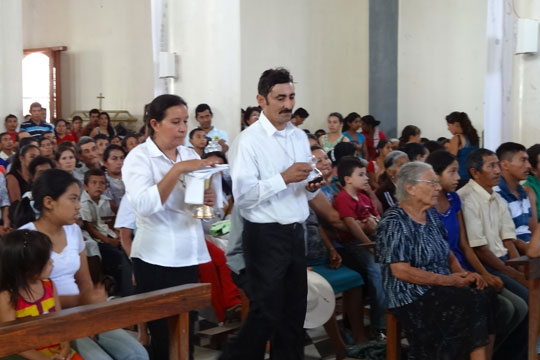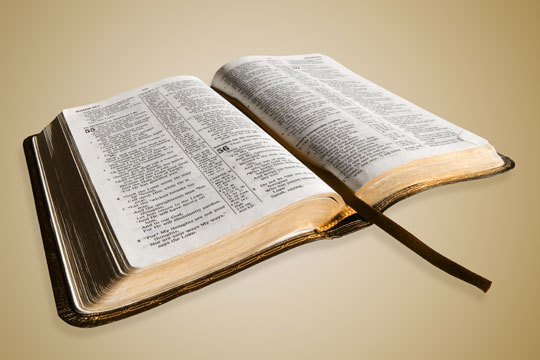This is the fifth article in a series about forming children for active participation in the Mass.

The Mass is both sacrifice and a meal. It’s not just Jesus’ sacrifice, but ours as well. However, in a culture where so many kids get anything they want, the idea of laying down one’s life for others or submitting to God’s will rather than their own may seem entirely foreign. At most, many would understand sacrifice as their monetary offering to the church or to charity, but catechists need to show that it is much more personal than that.
First, make a point to teach attention to the needs of others. RCIA paragraph 75 suggests that the call to baptism involves candidates learning “to practice love of neighbor, even at the cost of self-renunciation.” Begin to reinforce this in the earliest grades with class service projects year-round. Another good way to set this expectation is to ask children to share what they did to help others each week. Let them be one another’s examples.
Catechists can put a face on human need by showing videos or by sharing the stories of real people in need. Find creative ways to make students aware of the poor and unfortunate in their own community and around the world.
Send students forth from class each week by reminding them of their mission to serve—something like, “Go out and be like Jesus, loving and helping everyone you meet.” As children grow older, catechists might use one of the formulas for dismissal from Mass: “Go in peace, glorifying the Lord by your life.” Remind them often that part of glorifying God is serving others in Jesus’ name.
Serving one another should be not only part of the culture of the religious education classroom, but of the home. Help parents to find ways their children can focus on others rather than self. Suggest ways families can serve: writing letters to the homebound, visiting nursing homes, gathering up excess toys and clothing and donating them, helping elderly neighbors with yard work or housecleaning, helping at local food pantries, or purchasing Christmas gifts for the needy.
Lastly, teach students to submit themselves to the will of God. When discussing the Our Father, make sure to take time to focus on the line “Your will be done.” Talk about what it means to make decisions about actions based on wanting to please and obey God. Better yet, teach students to pray the Suscipe of St. Ignatius—to offer everything, even their own wills, to God.
Catechism of the Catholic Church #901 suggests that lay people may offer their lives to God along with the gifts of bread and wine. This is the key to connect service to others and submission to God’s will to what we do at Mass. Teach children that as the gifts are brought forward, they need to add their own silent prayers, something like, “Take my life, God, and make of me what you will.”
Read the first four articles in the series:
Forming Children and Youth for the Mass, Part 1: Silence and Reverence
Forming Children and Youth for the Mass, Part 2: Song and Praise
Forming Children and Youth for the Mass, Part 3: Listening to the Word
Forming Children and Youth for the Mass, Part 4: Intercessory Prayer
Image by John Donaghy under Creative Commons license.





Where was this picture taken??
I’m not sure, Tina, I’ll see if I can find out for you.